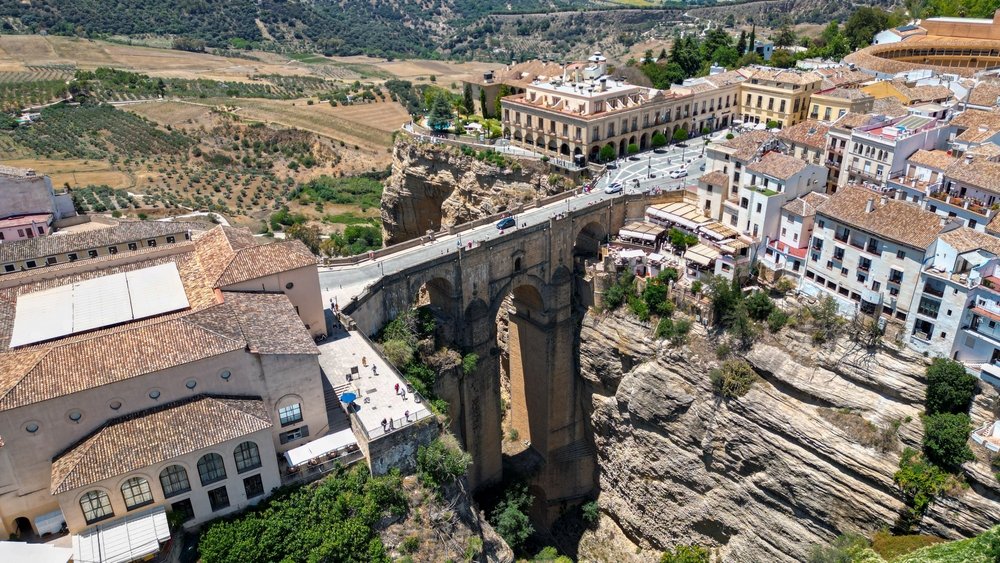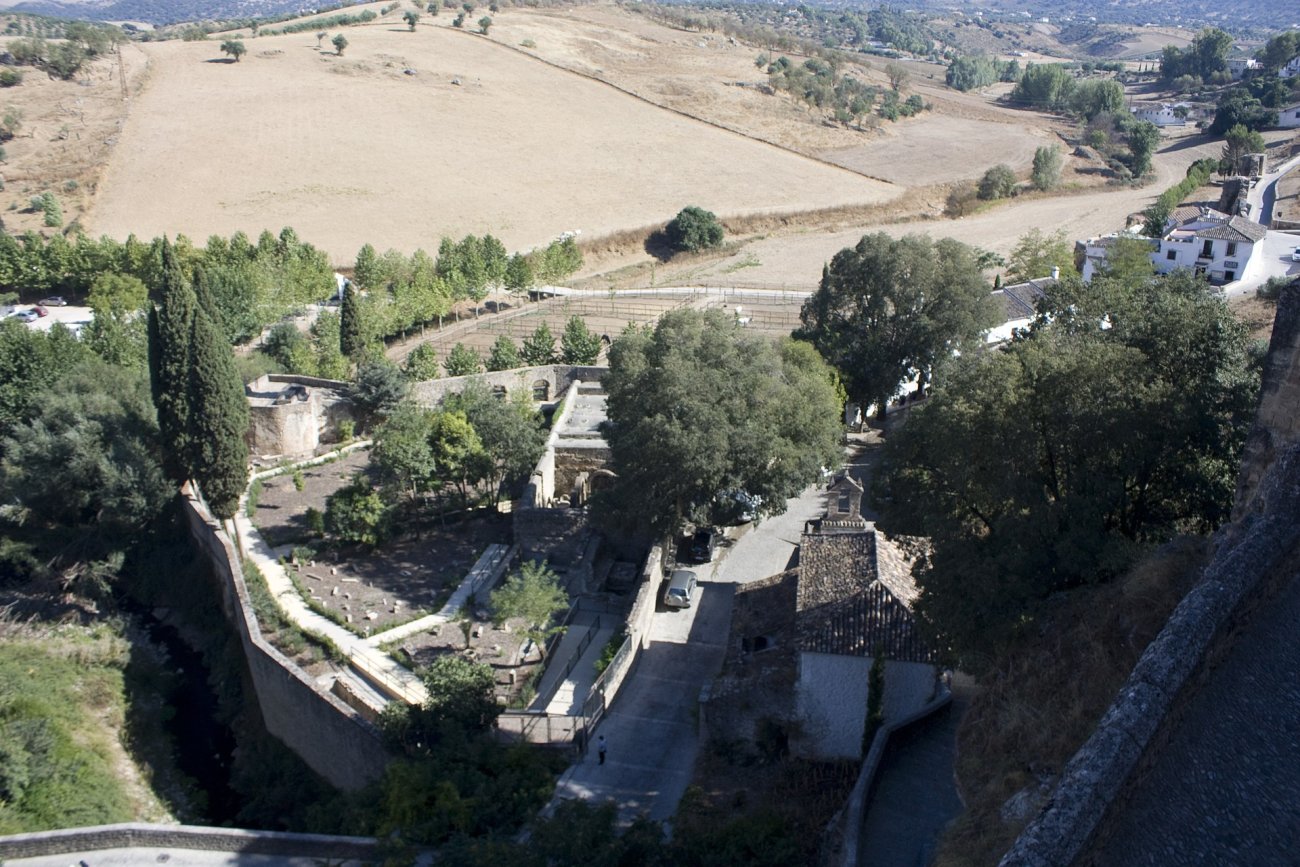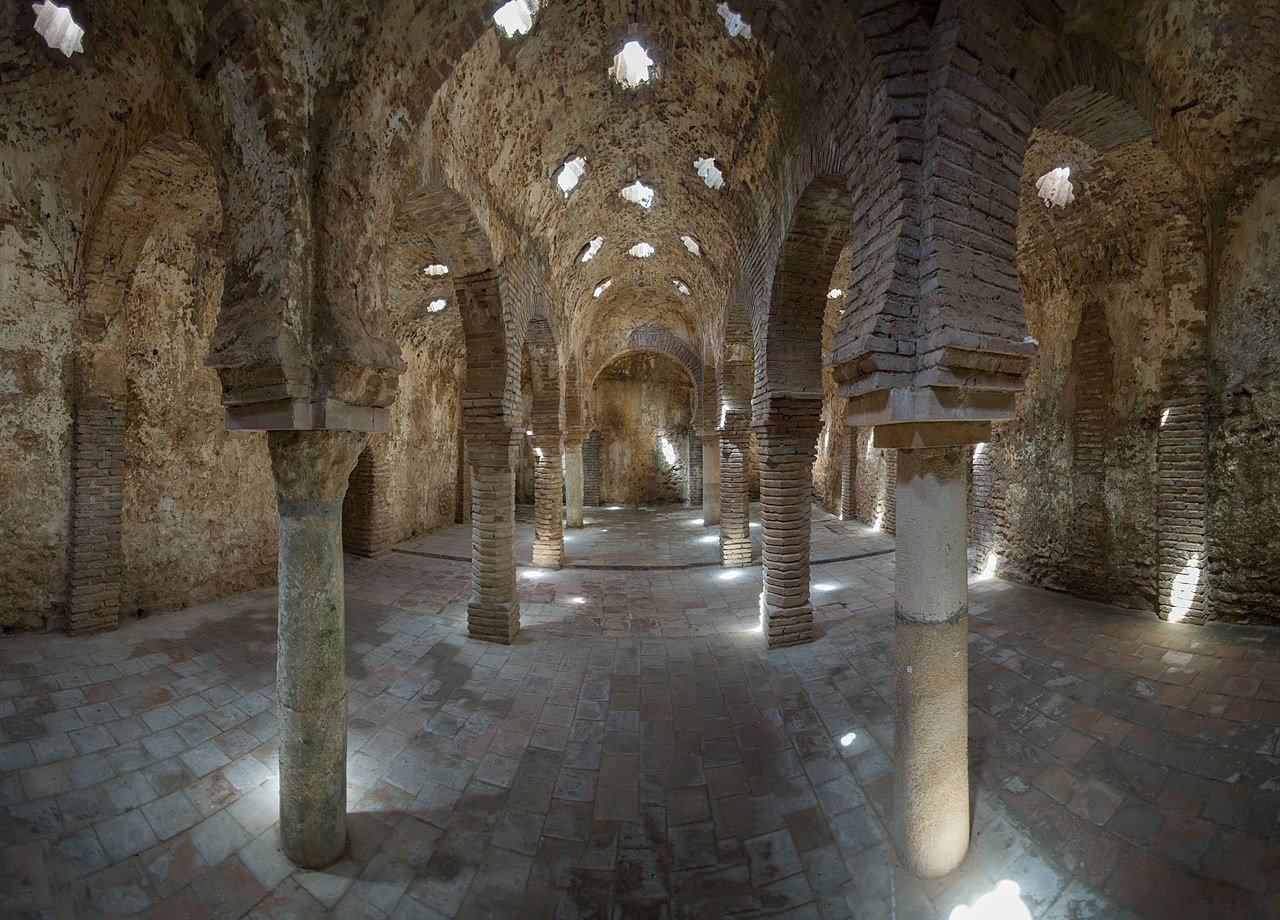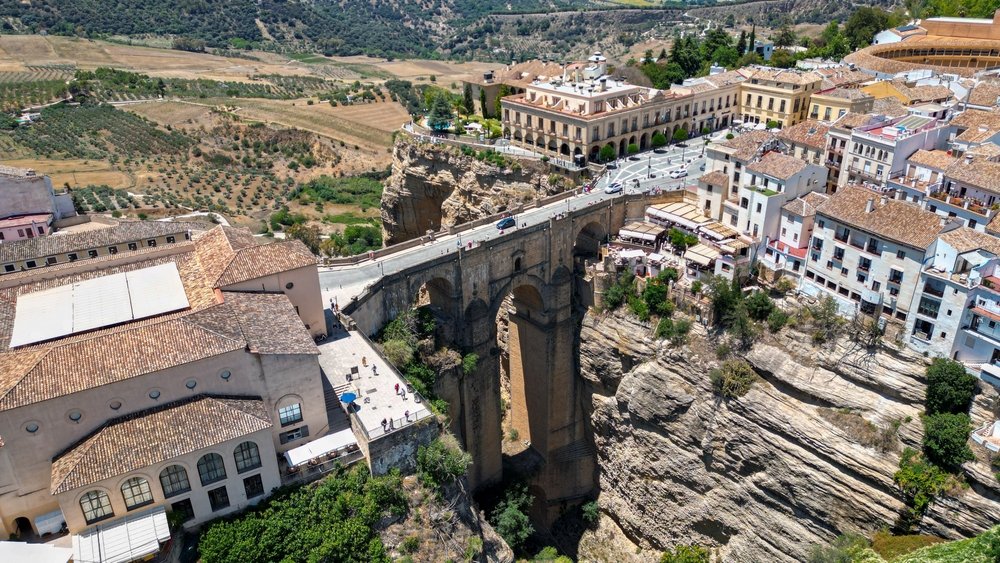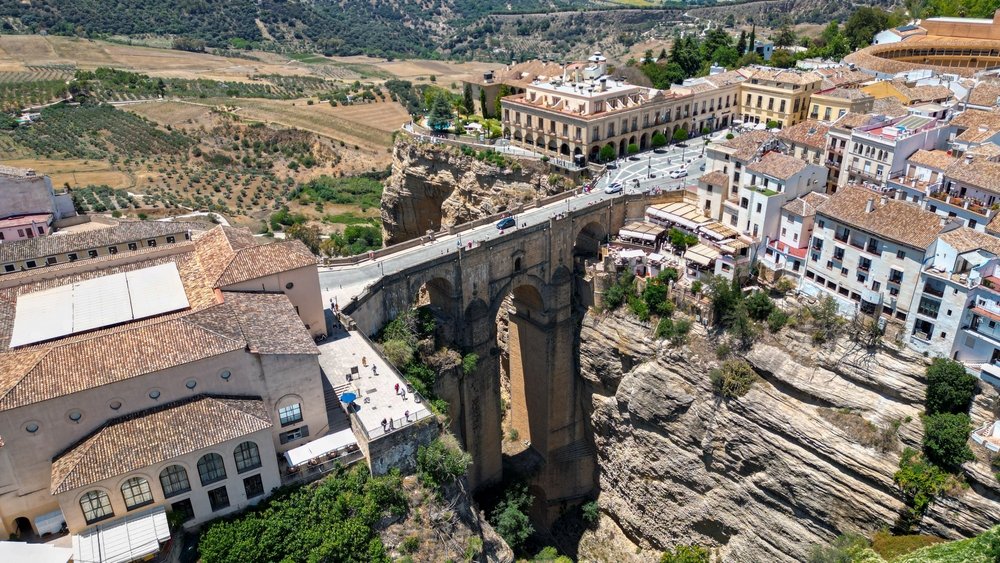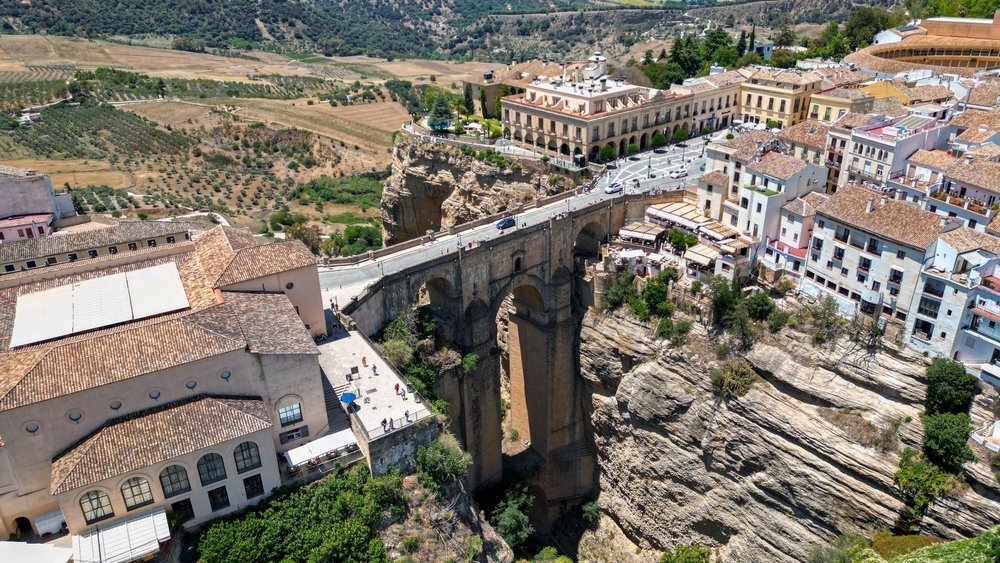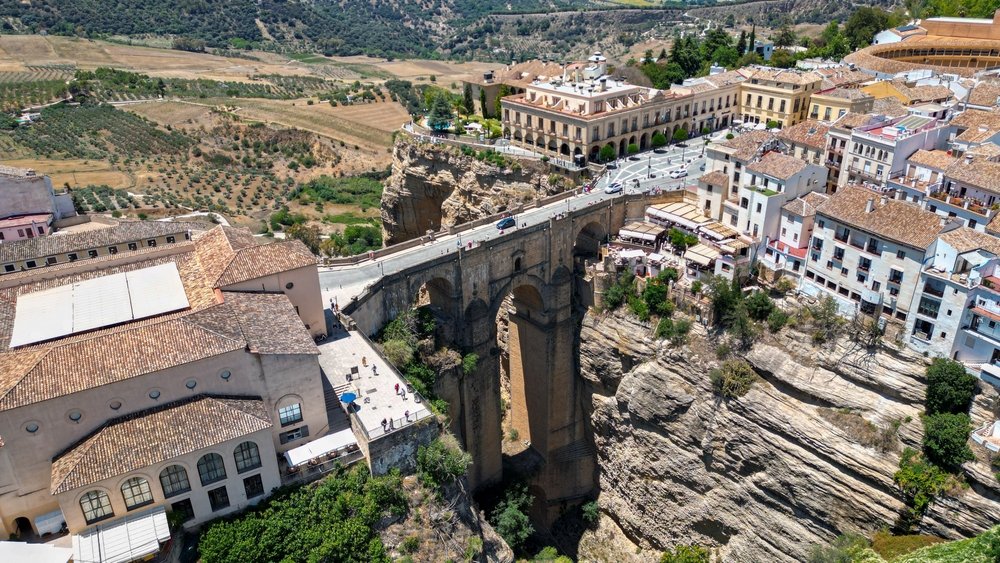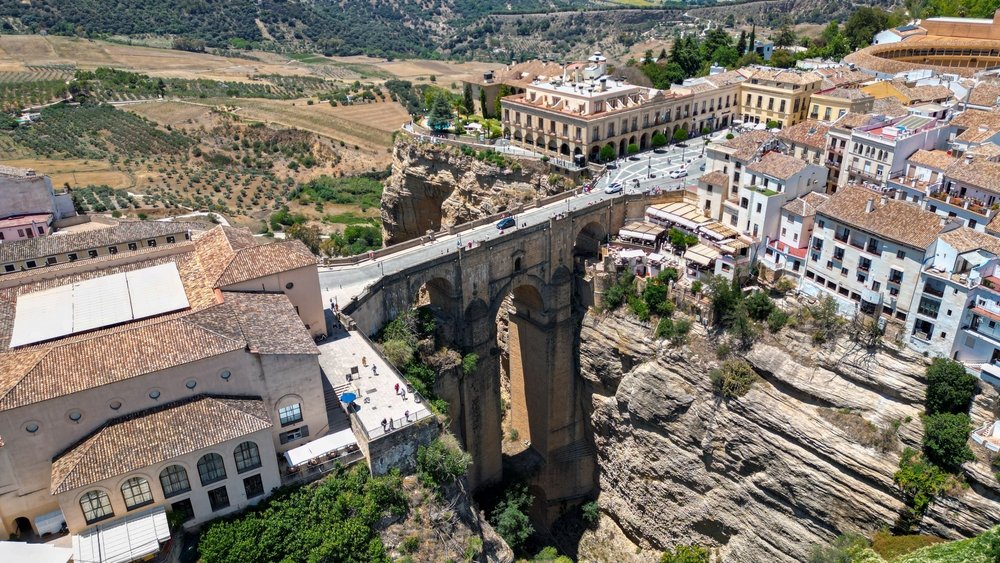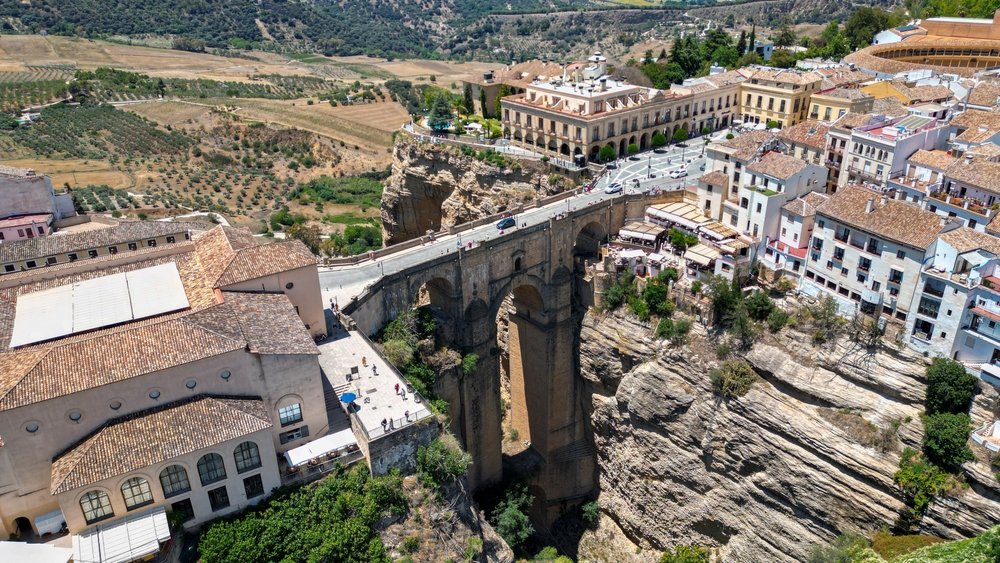The use of baths in Islamic culture served a dual purpose: part of the religious ritual and a center of social life. The baths were usually located in strategic places, such as at the entrance to cities, serving as a kind of vestibule, similar to a large mosque. In the case of Ronda, the baths are located at the foot of the now-disappeared Puerta de la Puente, making them a key access point to the city.
During the Middle Ages, the San Miguel neighborhood, where the baths are located, was a bustling Islamic suburb with active craftsmanship and agriculture, filled with small houses and workshops. This neighborhood enjoyed a splendor that contrasts with its current state, where the baths seem to be outside the urban center. The importance of these baths is highlighted by their size and the complexity of their design, indicative of their central role in the life of the Islamic city.
Organization
The organization of the baths was based on water collection and distribution. For this, a waterwheel was built at the confluence of the Arroyo de las Culebras and the Guadalevín River. The water was channeled through a small aqueduct to the wood store, where the boiler and a small cistern were located. From there, the water was distributed to the different rooms: the cold room, the warm room, and the hot room. Heat was generated through the hypocaust, transmitting hot air to the rooms, and steam was created by pouring buckets of water onto the hot floor of the hot and warm rooms.
The entry hall, which served as the starting and ending point of the bathing process, consisted of service rooms such as latrines and dressing rooms, organized around a small pool. This room was covered with a large dome supported by cruciform pillars and lowered arches.
Tourist Visit
Visiting the Arab Baths of Ronda is a unique opportunity to immerse yourself in Islamic history and culture. The site offers a fascinating glimpse into medieval architecture and engineering, as well as everyday life in an Islamic city. The beauty and sophistication of its design are a testament to the significance these spaces held in the social and religious life of the time.
